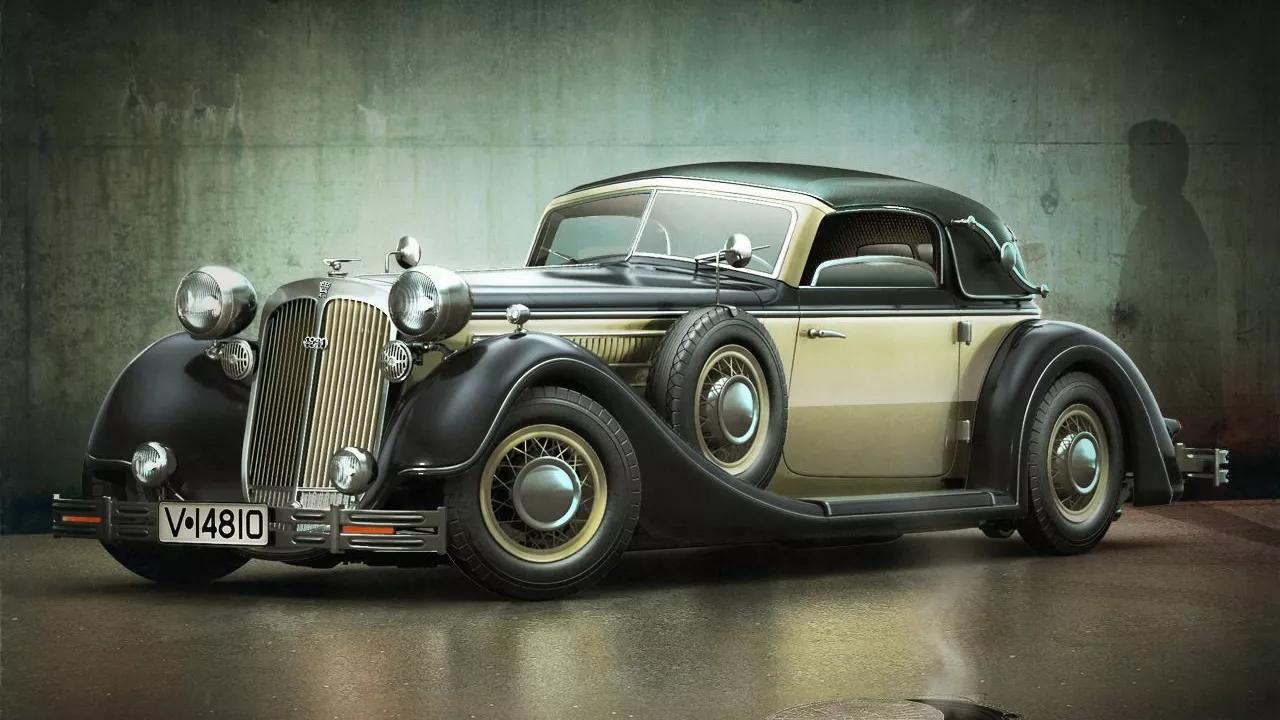Automotive Blog – Classic Car Reliability Tips
Thinking about buying a classic car? You’re not alone. Many of us love the look, the sound, the nostalgia, but the big question is – are they reliable enough for daily use? Below we break down the main factors that affect a vintage car’s dependability and give you practical steps to keep the engine humming.
Why Classic Cars Can Be Trustworthy
First off, classic cars are built with simpler mechanics. No complex computer modules, no electronic stability control, just plain steel, bolts, and a carburetor. That simplicity means fewer electronic glitches that can knock modern cars offline. When a part wears out, a mechanic can usually see the problem with the naked eye and replace it without needing a costly diagnostic tool.
Another plus is that many classic models were over‑engineered for the roads of their time. Think about the big V8s from the ’60s – they were built to endure high speeds on open highways. Those engines, when well‑maintained, can easily outlive newer, lighter powertrains that rely on fragile plastic components.
Common Pitfalls and How to Avoid Them
The main drawback is age. Rubber seals dry out, metal corrodes, and parts become harder to find. If you ignore rust on the frame or let the timing belt go past its service interval, the car can turn from a joyride into a repair nightmare. The fix? Set up a regular inspection schedule. Look at the brakes, suspension, and fluid levels every few months, and replace anything that shows wear early.
Safety is another area where classics lag. Most vintage cars lack airbags, anti‑lock brakes, and modern crash structures. While you can’t bolt a full‑size airbag system into a ’50s sedan, you can improve safety by adding a modern seatbelt harness, upgrading the brakes to a performance kit, and installing fresh tires with good grip.
Finding spare parts can feel like a treasure hunt. Join online forums, attend car shows, and connect with specialist shops. Often, a community of enthusiasts will have a stockpile of hard‑to‑find items or know a reliable source. Having a go‑to parts list for your make and model saves you hours of scrolling and reduces downtime.
Lastly, don’t underestimate the importance of a good mechanic who loves classics. A shop that knows how to work on a 1969 Mustang will spot issues a generic garage might miss. Build a relationship with a trusted tech, and you’ll get honest advice on what needs fixing now versus later.
Bottom line: classic cars can be reliable, but they demand a proactive owner. Keep the mechanicals simple, stay on top of maintenance, upgrade safety where you can, and tap into the enthusiast community for parts and advice. Follow these steps, and your vintage ride will not only turn heads but also get you where you need to go without surprise breakdowns.



